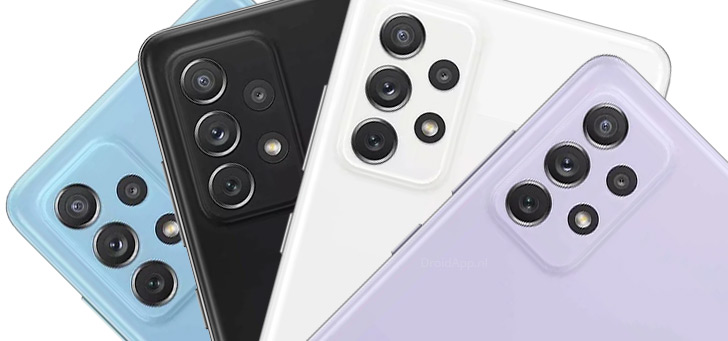Apple blocks Face ID when (illegally) replacing iPhone 13 screen
Got a crack in the screen of your brand new iPhone 13? Annoying, but luckily the screen can be replaced. Please note that you only have the repair performed by an authorized Apple repairer.
Read on after the ad.
Contents
Replace iPhone 13 screen: no more Face ID
It was already known that Apple had made a number of changes under the hood with the iPhone 13. This made it almost impossible for small repair shops to replace the screen. The reason for this was that Face ID stopped working after that. More is now known about this problem.
To replace an iPhone 13 screen, the shops now need a microscope and other expensive equipment. Before Apple made this change, they only needed a few small hand tools. This can be the death knell for small repair shops, as screen replacement is often the biggest source of income.
The screen is linked to the iPhone 13 with a special microchip. Only Apple Authorized Repairers with access to the proprietary “Apple Services Toolkit 2” software are allowed to perform these types of repairs. This toolkit is connected to Apple’s online servers and after a thorough check, a new screen can be linked to the iPhone 13.
Cumbersome workaround for replacing iPhone 13 screen
A workaround has now been found, but it is quite difficult and labour-intensive. To ensure that the Face ID facial recognition still works after replacing the iPhone 13 screen, a soldered chip must be moved from the original screen to the new display. It remains to be seen whether an easier way will appear in the future, but at the moment it is made quite difficult for small telephone shops to carry out repairs.

The iPhone 13 in a nutshell
The iPhone 13 is the iPhone of 2021. Just like its predecessor, the device has an OLED screen, but the notch (the snack at the top of the screen) has become smaller. According to Apple, the notch has shrunk about 20 percent compared to the iPhone 12. The iPhone 13 is also available in all kinds of fresh colors, including pink.
Under the hood, the iPhone 13 has a new A15 Bionic chip. This is faster than the previous chip (A14) and above all more energy efficient. This has increased the battery life by about 2.5 hours. Also great: the standard storage capacity has been doubled. So the iPhone 13 starts at 128GB of capacity, instead of 64GB.
Furthermore, Apple has tinkered with the software and, for example, added Cinematic Mode. This function can shift focus while filming, just like you sometimes see in cinema films. Of course, the iPhone 13 has 5G.
Want to know more about the iPhone 13? Check out our iPhone 13 review. Don’t feel like reading? No problem. Check out our video below.
More Apple news?
Want to stay up to date with all the Apple rumors? Then keep an eye on this website, download the iPhoned app and sign up for the free newsletter. Also follow us on Facebook and Instagram.




